Ever wondered what do cosmos flower seeds look like? These tiny, sword-like seeds, around 5 to 6 mm in length, surprise with their rough texture and colors ranging from tan to dark brown.
Explore their potential to transform into vibrant blooms attracting pollinators. It’s intriguing how these small seeds, when stored and sown properly, contribute to a garden full of life.
Isn’t it curious how something so small can yield abundant beauty?
Identifying Cosmos Seeds
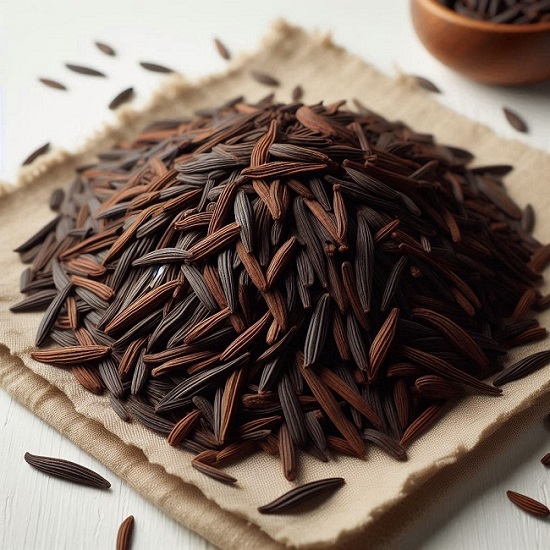

Cosmos seeds, resembling small swords about 5 to 6 millimeters long, stand out in your garden. Starting with them ensures a self-replenishing supply of vibrant flowers, requiring only an initial investment. Imagine the control of not needing to repurchase seeds each season.
You’ll appreciate how cosmos attracts pollinators and beneficial insects, enhancing your garden’s ecosystem and health.
These seeds are easy to save and require minimal maintenance, empowering efficient garden management. Choose from various colors to design a garden reflecting your style and preferences.
Shape and Size of Seeds
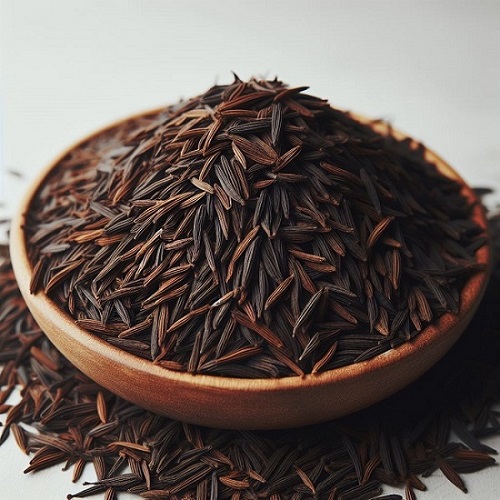

Identifying cosmos seeds in your garden is easy due to their distinctive small sword-like shape, each measuring about 5 to 6 millimeters in length. This size allows for precise handling and sowing, giving you control over planting density and spacing.
When planning your garden layout, consider the scale of these seeds. To avoid overplanting, use a seed dispenser or create shallow furrows in the soil for even seed placement. This ensures each seed has enough space to thrive, preventing overcrowding and promoting healthier growth.
Texture and Color Details
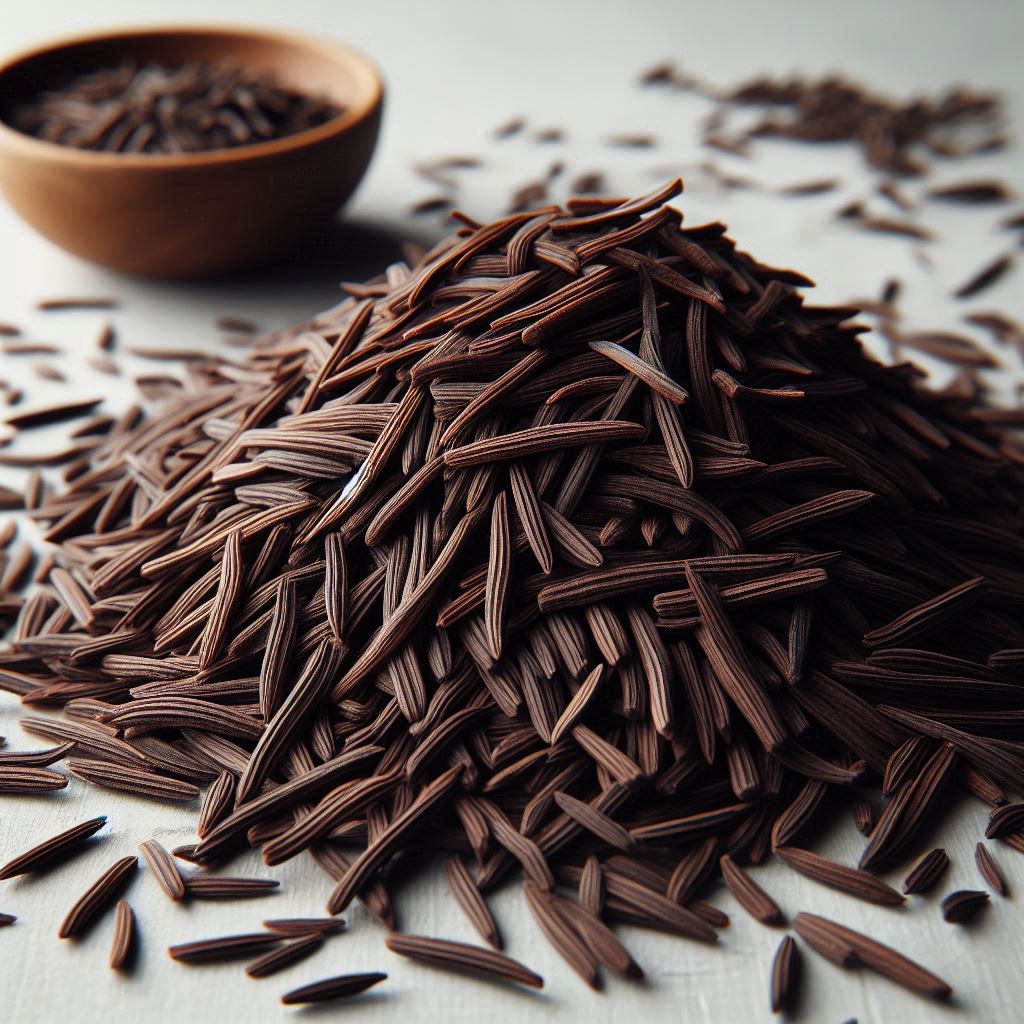

Cosmos seeds exhibit a rough texture and vary from tan to dark brown, with darker shades indicating maturity and health. Their distinctive shape, resembling miniature pine nuts, aids in easy identification among other garden seeds.
When handling them, ensure they feel firm and show no signs of shriveling or discoloration, indicating viability. This clarity simplifies the planting process, allowing for precise selections and streamlined gardening.
Tips for Handling Seeds
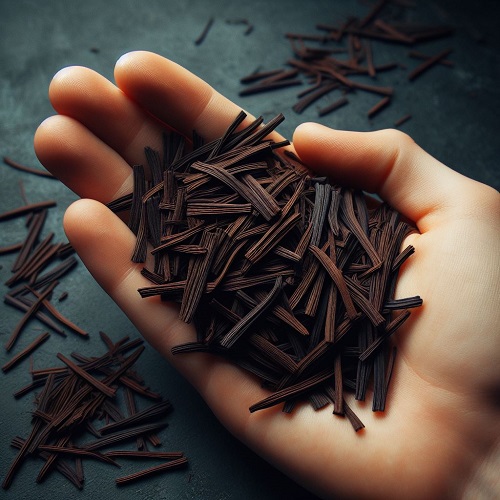

When handling cosmos seeds, ensure they’re dry and free from debris for optimal storage and successful germination. Follow these steps:
- Clean and meticulously sort the seeds, discarding any damaged or diseased ones.
- Store seeds in a cool, dry place, using glass jars or sealed envelopes labeled with seed type and collection date.
- This attention to detail ensures precise planning and planting when you’re ready to sow.
How to Harvest Seeds from Cosmos Flowers
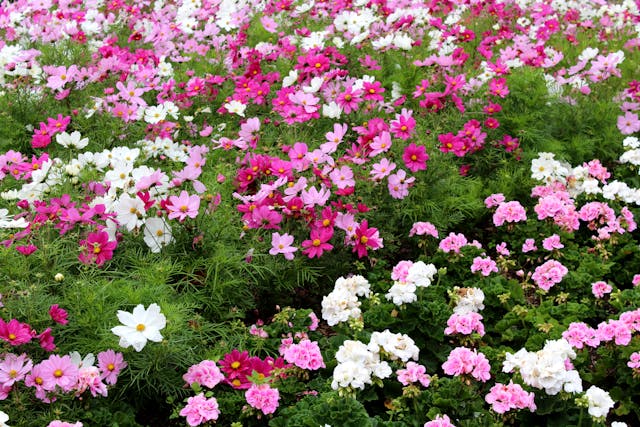
To harvest seeds from cosmos flowers:
- Wait until blooms fade and petals drop, indicating seed maturation.
- Cut stems a few inches below seed heads using sharp scissors.
- Hang stems upside down in a dry, ventilated area to allow seeds to naturally fall.
- After about a month, when seed heads are dry and seeds rattle inside, thresh heads over a clean container to collect seeds.
- Store harvested seeds in a cool, dry place, labeled for future use.
AeroGarden for Cosmos Seeds: Cultivate Cosmic Beauty
 AeroGarden Harvest with Gourmet Herb Seed Pod Kit
AeroGarden Harvest with Gourmet Herb Seed Pod Kit Easily cultivate indoor gardens with the AeroGarden Harvest. This hydroponic system supports six plants up to 12 inches tall, thriving in water without soil mess. Its 20W LED grow light accelerates germination, mimicking sunlight. The touch-sensitive control panel simplifies monitoring, reminding you to add water and plant food. Complete with LED grow light system, power adapter, plant food, and Gourmet Herb Seed Pod Kit, it's all you need for vibrant indoor greenery. Start your hassle-free gardening journey today!
- Indoor gardening made easy with AeroGarden Harvest, eliminating soil mess.
- Year-round harvests regardless of outdoor conditions.
- Compact countertop design accommodates six plants.
- Accelerated growth thanks to the 20W LED grow light.
- Higher upfront cost compared to traditional gardening methods.
- Reliance on electricity for the LED light increases energy consumption.
- Limited plant variety may be restrictive for some users.
Conclusion
You’ll recognize cosmos seeds by their sword-like shape and 5 to 6 mm length, resembling miniature pine nuts. Their texture varies from rough tan to dark brown.
When you’re ready to store or plant them, make sure they’re dry and clean. To harvest, simply wait until the flower heads are dry, then gently remove the seeds.
Proper handling guarantees a vibrant, self-sustaining garden of cosmos, buzzing with pollinators and alive with color.
Happy gardening!




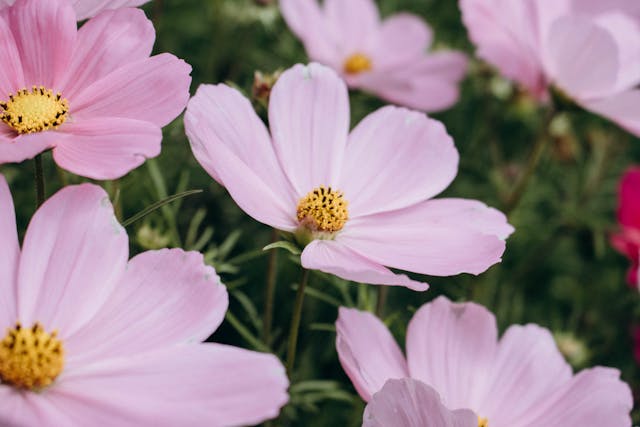

Konnichiwa! (Hello!) I'm Pat Tokuyama, a Japanese tofu cookbook author, who travels for music, food, and adventure. If you like Japanese tea, checkout some of the newestorganic japanese tea, matcha bowls and noren and more!
** Curious about the Plant Based Japanese Cooking Club? ** Learn more here!